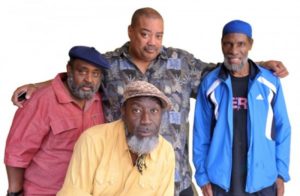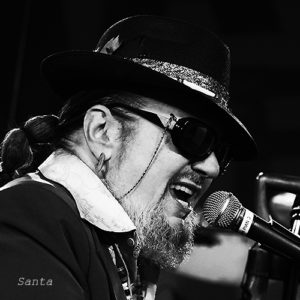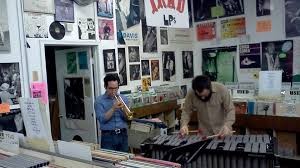My DownBeat article about Transcending Toxic Times, the compulsively listenable, critically political album by the Last Poets produced by electric bassist/composer Jamaaladeen Tacuma, includes a lot of quotes from my interviews with him and poet Abiudon Oyewale. I reproduced some of the searing imagery/lyrics on the recording, and provided background on how these men have […]
Dr. John, Back in the Day and Blindfolded
Dr. John the Night Tripper — Mac Rebbanack, New Orleans’ musical fabulist, dead June 6 at age 77 — dazzled me at one of the first rock shows I recall attending, at Chicago’s Aragon Ballroom circa 1969. I was then enthralled by Gris-gris, his murky, obscure and carnivalesque debut album, having never heard anything like […]
Chicagoans’ albums reviewed, author’s edition
My reviews of recordings  by Chicago pianists Larry Novak, Laurence Hobgood and Robert Irving III, percussionist Art “Turk” Burton, and saxophonists Caroline Davis and Roy McGrath appeared in DownBeat‘s January issue, but the print edition limited their length. DB’s rating system ranges from one to five stars (*s), poor to masterpiece. Here’s my text as […]



